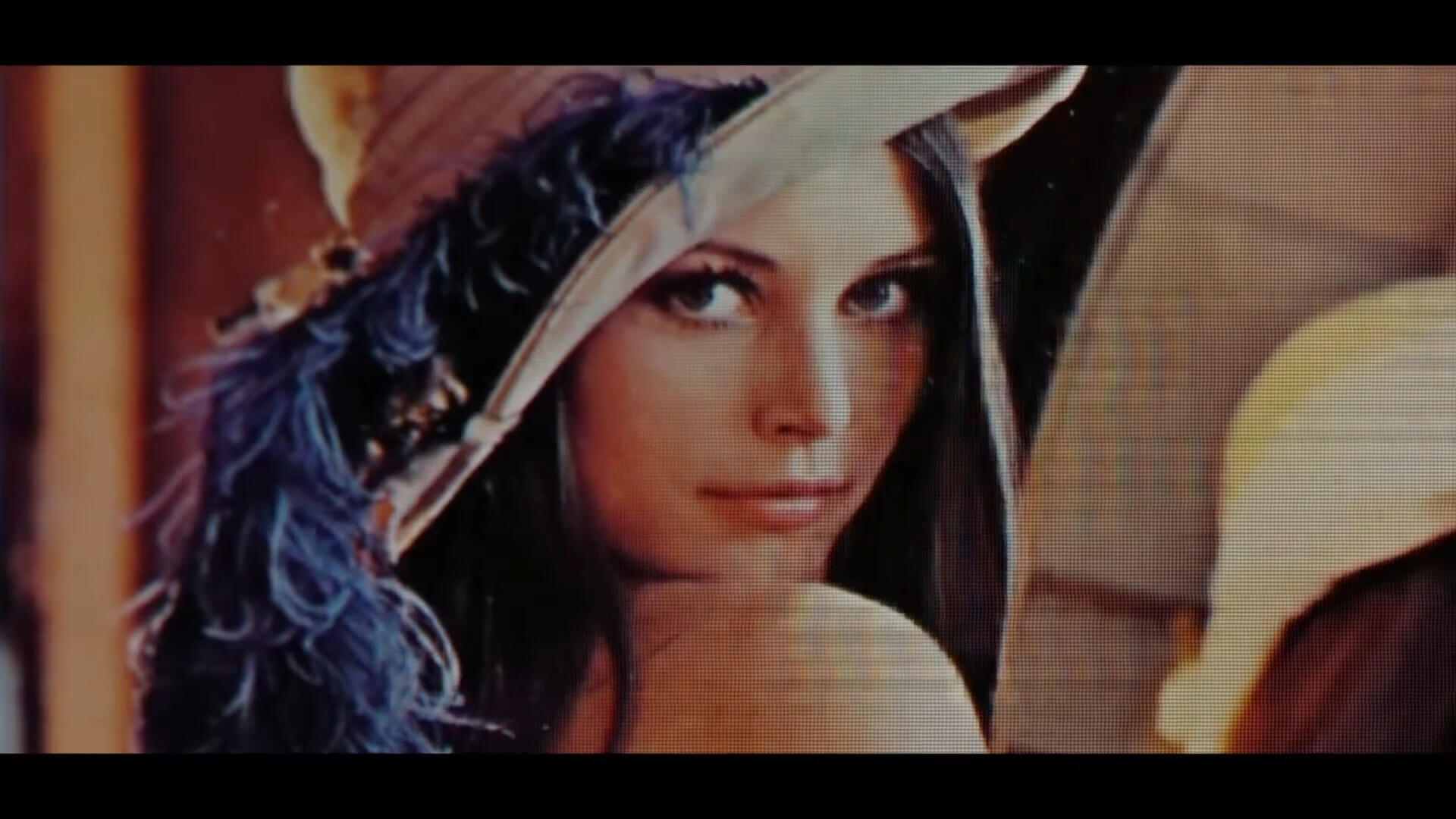The famous Lenna image, of Playboy model Lena Forsén, can’t be used in any more research papers published on IEEE, the organization announced this week. They’re following on the tails of the Nature journal, which banned the Lena image back in 2018.
Michel P. Frank revealed on X an email he received from IEEE’s Technical & Conference Activities Vice President Terry Benzel:
“IEEE’s diversity statement and supporting policies such as the IEEE Code of Ethics speak to IEEE’s commitment to promoting an including and equitable culture that welcomes all. In alignment with this culture and with respect to the wishes of the subject of the image, Lena Forsén, IEEE will no longer accept submitted papers which include the ‘Lena image.'”
Why is IEEE banning the Lena image?
The organization is just the latest to do so and they’re following the wishes of the model herself, among many others. It’s a move to promote inclusiveness, and comes after decades of the image being used in thousands of research projects.
But what is the Lena image? The story of the ‘First Lady of the Internet’
“It is a face more studied than the Mona Lisa and tied to a legacy that changed how we make, use and see images,” explains a documentary on Lena Forsén created by the Girls Who Code organization in 2019.
The documentary was part of the campaign to remove Lena Forsén’s photograph from most science projects. It’s a campaign now endorsed by Forsén herself.
A former Swedish supermodel, Miss Forsén went on with her life not knowing that her 1972 Playboy centerfold had gotten a life of its own – the Lena image.

The original Lenna image – 512 x 512
The story of the Lena Forsén photo used in computer image processing
In 1972, Lena Sjooblom became Playboy’s Miss November. That was momentary fame compared to what would come next.
According to ArsTechnica, in the summer of 73, an assistant professor named Alexander Sawchuck and a graduate student at the University of Southern California Signal and Image Processing Institute scanned a square portion of Forsén’s Playboy centerfold. They skipped the nudity and scanned only the now famous portrait of a model with bare shoulders and a feathered hat.
Soon after, more computer image processing researchers and experts started using the image, as the complexity of details in it made it perfect for these types of applications. Enter the now-called “Lenna” image.
Unbeknownst to Lena Forsén, she was becoming a bonafide celebrity in the world of computer programming.
However, ever since the 80s, some of the researchers who recognized her pointed out that using an image from Playboy magazine could contribute to a culture that’s hostile, threatening or dismissive to women.

The image of Lenna used in a November 2017 paper
“Some members of the IP community are unhappy with the source of the Lena image. Their argument states that engineers should not use material from any publication that can be seen as being degrading to women. The author suggests that the IP authorship be more sensitive to the feelings of those who are offended by the Lena image. In cases where another image will serve your purpose equally well, why not use that other image?,” wrote David C. Munson in 1996.
However, in 1997, Wired ran this story about her and reported she was meeting fans and signing autographs, after she was tracked down and informed about her underground popularity.
“Lena Sjooblom became Net royalty when her centerfold was scanned in by programmers at the University of Southern California to use as a test image for digital compression and transmission over Arpanet, the precursor to the Internet,” Wired wrote.
Lena Soderberg, nee Lena Sjööblom, and now Lena Forsén – you can find the famous Lena image all through the decades using these names, and the amount of research she appears in is astounding.
The model for the Lena image now wants researchers to not use it anymore
Playboy themselves became aware of the popularity of the Lena image, more known as the ‘Lenna image’ online. They decided to not chase their copyright for it but to benefit from the publicity. They also helped to bring her the now so-called “The First Lady of the Internet” at the IS&T Boston conference in 1997.
Although initially her response was warm and flattering. In 2019, she told Wired that she was “really proud of that picture” and even recreated the Lena image (then and now) for the magazine. Then, soon after, she was quoted in a press release for a campaign to remove the Lenna image from research.
“I retired from modelling a long time ago. It’s time I retired from tech, too. We can make a simple change today that creates a lasting change for tomorrow. Let’s commit to losing me,” said Lena then.
The statement was made to promote the Losing Lena documentary (watch free here), a fascinating watch about tech history and culture.
Code Like a Girl founder and CEO, Ally Watson, explained why they focused on the famous Lena image and why, even though it doesn’t show any nudity, it can still be problematic.
“The role of Lena’s image in tech’s history is representative of so many of our industry’s shortcomings. Tech is used by everyone – no matter your age, gender, ethnicity, or sexual identity. But when our tech is developed by a small subset of homogenous individuals, it’s impossible for the end product to be without bias,” she said.
Since then, Miss Forsén did not issue anymore statements, so her endorsement of the Losing Lena campaign is the last public message she sent. If you have 30 minutes and love tech culture, the full Losing Lena documentary is a must-watch.
Also read: When did TVs come out? A Quick History of This World Changing Invention
Follow TechTheLead on Google News to get the news first.























